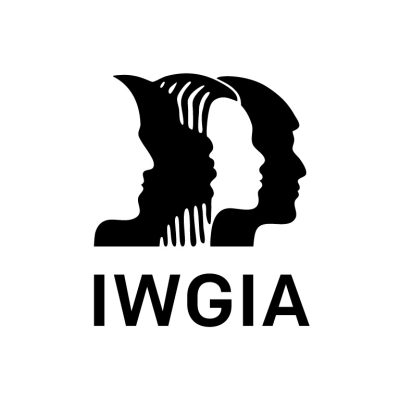South Africa
Indigenous Peoples' in South Africa
South Africa’s total population is around 59 million, of which Indigenous groups are estimated to comprise approximately 1%.
Collectively, the various African Indigenous communities in South Africa are known as Khoe-San (also spelled Khoi-san, Khoesan, Khoisan), comprising the San and the Khoikhoi. The main San groups include the ‡Khomani San, who reside mainly in the Kalahari region, and the Khwe and!Xun who reside mainly in Platfontein, Kimberley. The Khoikhoi include the Nama who reside mainly in the Northern Cape Province; the Koranna mainly in Kimberley and the Free State province; the Griqua in the Western Cape, Eastern Cape, Northern Cape, Free State and KwaZulu-Natal provinces; and the Cape Khoekhoe in the Western Cape and Eastern Cape, with growing pockets in Gauteng and Free State provinces. In contemporary South Africa, Khoikhoi and San communities exhibit a range of socio-economic and cultural lifestyles and practices.
The socio-political changes brought about by the current South African regime have created the space for a deconstruction of the racially-determined apartheid social categories such as “Coloureds”. Many previously “Coloured” people are now exercising their right to self-identification and are identifying as San and Khoikhoi. African Indigenous San and Khoikhoi peoples are not formally recognized in terms of national legislation; however, this is shifting with the Traditional and Khoisan Leadership Act enacted in 2021.
South Africa voted in favour of adopting the UN Declaration on the Rights of Indigenous Peoples but has yet to ratify ILO Convention No. 169.
Contact
